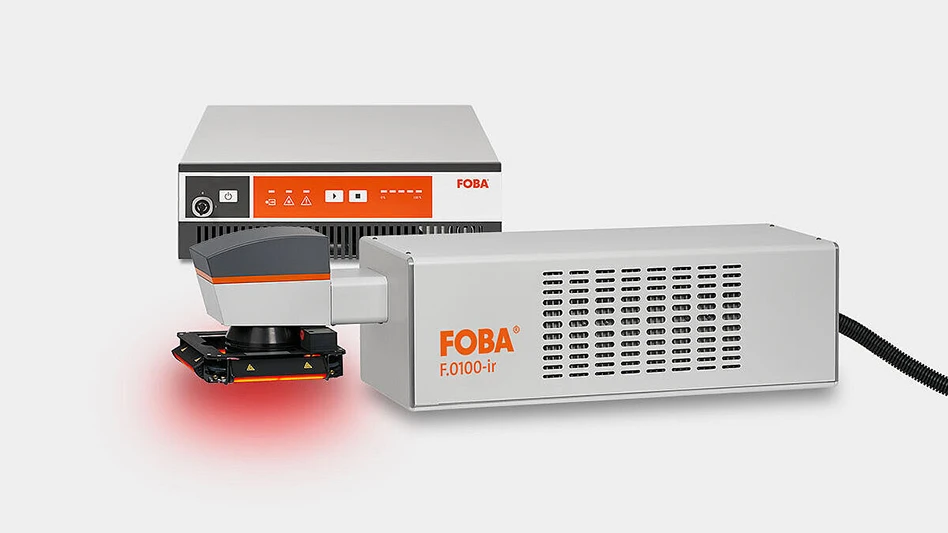
3DP market growth stalled at $3.2B in Q3 2023
The global additive manufacturing (AM) market recorded 1% estimated sequential decline in Q3 2023 versus Q2 2023, despite still maintaining a 13% year-over-year (y-o-y) growth, according to new data from Additive Manufacturing Research (formerly SmarTech Analysis). This top line metric accounts for printers, print materials, and print production services, and is applicable to the polymer AM and metal AM markets.
“The impacts of the macro environment and higher costs of capital are being seen in AM market numbers, mainly in hardware sales, while materials sales remain healthy,” says Scott Dunham, AM Research EVP. “Demand for print services in the quarter was mixed, as companies still struggle to deal with supply chain problems, but shorter backlogs have reduced the opportunity costs of not acting to put in place new solutions such as AM. Additionally, product development spending appears to be down, which impacts AM services. We expect some market softness to continue through 2024 due to interest rates, and growth in AM during this time to be driven by existing influential users who continue to scale up their activities.”
Metal AM hardware declined sequentially in the Q3 period for the first time since AM Research has been tracking the market, declining 8% on a quarterly sequential basis compared to Q2. Still, the hardware market generated almost 7% growth in a year-over-year comparison.
Polymer AM hardware sales similarly declined 8% versus the Q2, representing just a 1% y-o-y increase. However, polymer AM materials growth kept the overall polymer AM market mostly flat on a sequential basis. Notable themes include reduced prototyping activity in certain industrial and consumer markets, along with some instability in the dental markets. A slight improvement is projected for Q4 2023.
https://additivemanufacturingresearch.com

Universal 3D printing software
4D_Additive software version 1.5 universal 3D printing tool for additive manufacturing (AM) has new functions and improvements as well as new direct connections to 3D printers based on standard file formats.
New nesting functions allow integration of fully automated nesting functions in manufacturing execution systems (MES) in batch mode through a web service. With the system’s script language, automated nesting processes can be individually adapted to customer requirements.
The revised Lattice functions create complex lightweight components or individualized utility directly from CAD models at the touch of a button. Select the desired surface areas of the CAD model and define the edge thickness, desired structure, and cell size. The software allows the creation of complex models with just a few clicks. A total of 22 different lattice structures are available.
The enhanced slicing module has a build manager for SLS and SLM printers and specific image generation processes for inkjet printers. For SLS and SLM machines, the laser paths and the laser parameters are freely defined and can be stored in the new material database. Slices for inkjet printers are defined by hollowing out the geometry with any wall thickness with different densities for the edge and fill areas. The slices are output as vector graphics or as a bitmap with full HD resolution.
https://www.coretechnologie.com/products/4d-additive

Explore the March 2024 Issue
Check out more from this issue and find your next story to read.
Latest from Today's Medical Developments
- Why manufacturing, intralogistics companies need to embrace the cloud
- February 2025 US cutting tool orders total $198.6 million
- The Smoothest Surfaces For Your Toughest Materials
- Extraordinary Starts Where Limits End | Okuma
- DISCOVER MORE WITH Mazak Northeast event
- Walter’s WT26 partial- and full-profile thread turning inserts
- Metalworking machinery orders increase for February 2025
- JW Winco’s practical sensor holders





